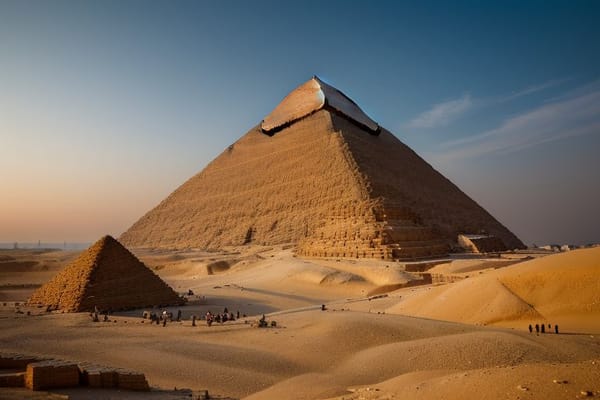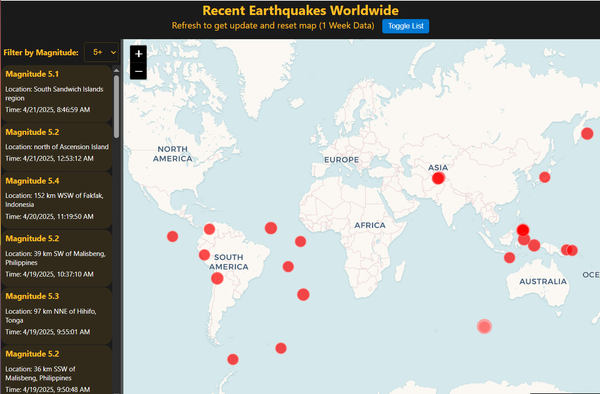The Bermuda Triangle’s Enduring Enigma
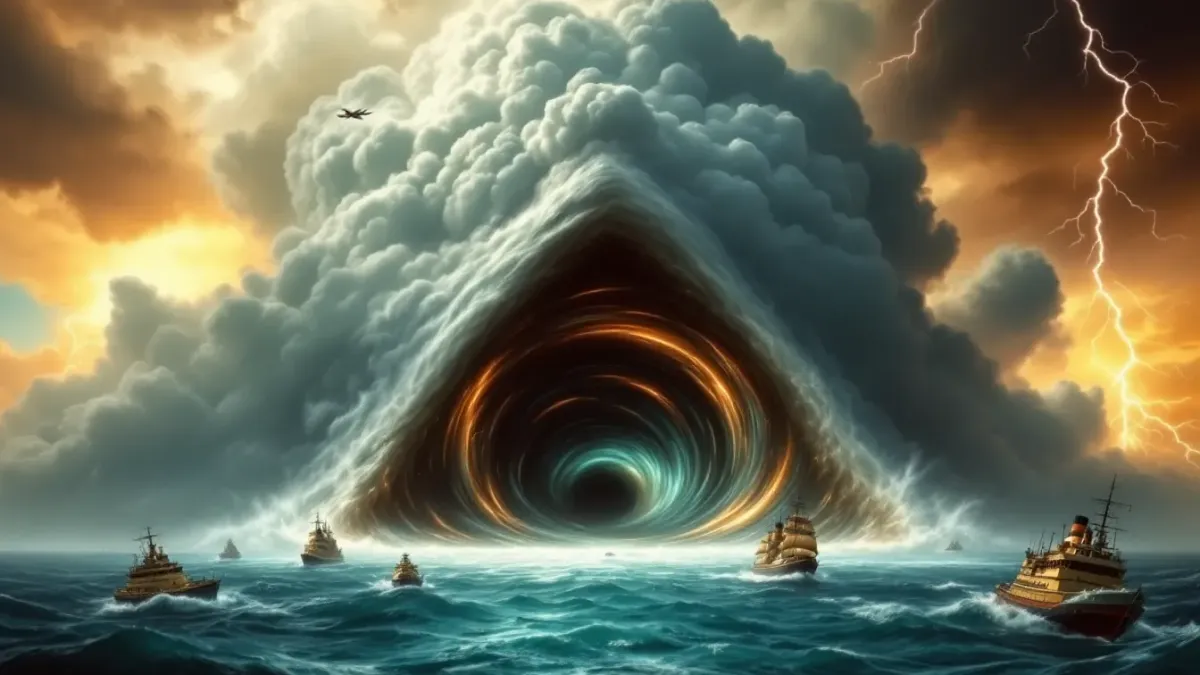
Nestled in the Atlantic Ocean between Miami, Puerto Rico, and Bermuda, the Bermuda Triangle has long intrigued explorers, scientists, and storytellers. Covering roughly 500,000 square miles, this region is infamous for unexplained disappearances of ships and aircraft. While some dismiss it as a myth, others argue it warrants scientific study. Let’s delve into the mysteries and theories surrounding this enigmatic area.
Historical Mysteries: Vanished Without a Trace
The USS Cyclops Disappearance
One of the most puzzling cases is the USS Cyclops, a massive Navy ship that vanished in 1918 with 309 crew members and 11,000 tons of cargo. Despite its size—over 500 feet long—no distress signals or wreckage were ever found. Adding to the intrigue, its sister ships, the Nereus and Proteus, also disappeared in the same area decades later. These losses defy easy explanation, fueling speculation about the Triangle’s hidden dangers.

Flight 19: The Lost Squadron
In 1945, five U.S. Navy bombers vanished during a training flight over the Triangle. Pilots reported disorientation, even in clear weather, before losing contact. A rescue plane sent to locate them also disappeared. No debris or bodies were recovered, leading a Navy report to describe the event as baffling as if they’d “flown to Mars.”
Columbus’s Strange Encounter
Columbus’s 1492 transatlantic voyage is famous for “discovering” the New World, but it also recorded some of the first accounts of mysterious events in the Bermuda Triangle. His journal detailed unusual phenomena—including compass anomalies, bizarre lights, and erratic movements of stars—that occurred while he navigated an area later defined loosely as spanning the Atlantic between Florida, Puerto Rico, and Bermuda. Though not an official map designation, the Bermuda Triangle has long been shrouded in legend and rumor, earning monikers like “Devil’s Triangle” due to its reputation for inexplicable disappearances of ships and aircraft.
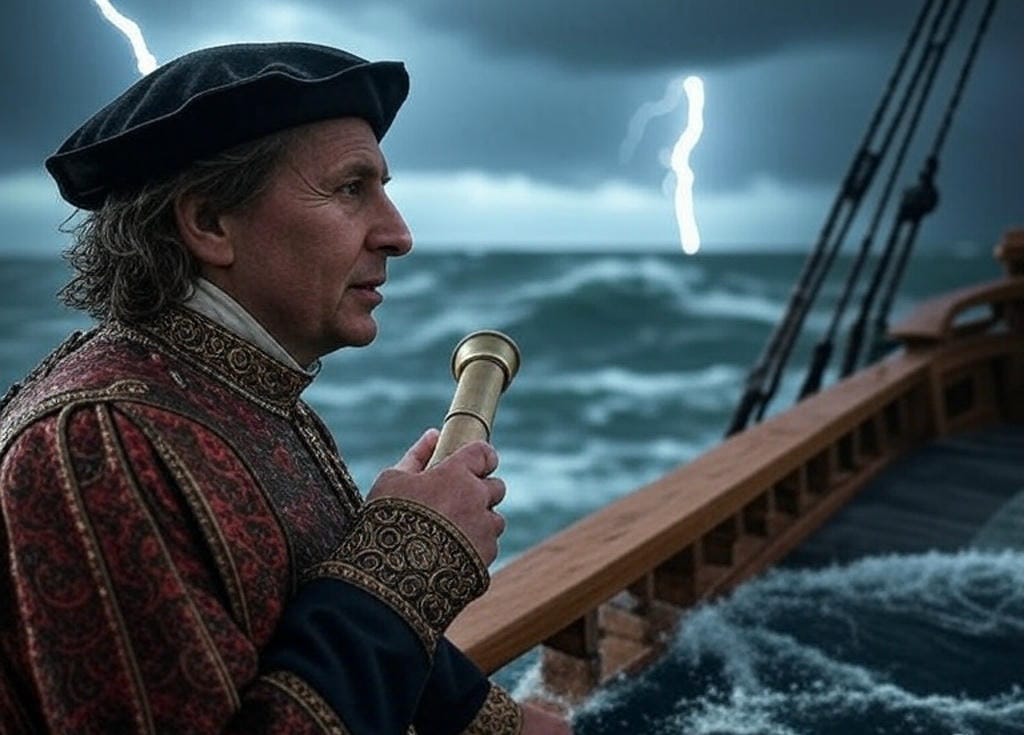
Among his detailed observations, Columbus reported that on September 13, 1492, his navigational instruments behaved oddly: his compass needles unexpectedly shifted a half-point toward northwest at night and pointed even more obliquely in the morning. Such deviations were alarming at the time, as they suggested that the compass might be drawn toward a different pole than the reliable North Star. Yet, this phenomenon—stemming from the natural difference between magnetic north and true north—is now understood as a common navigational adjustment rather than an unusual anomaly confined solely to the triangle.
In addition to the compass issues, Columbus described enigmatic occurrences at sea. He observed the night sky behaving strangely, with stars appearing to swerve from their usual fixed positions. More strikingly, he recounted seeing a light that resembled a candle flickering and moving up and down over the water, and even an awe-inspiring “flame of fire” event: something that seemed to emerge from the sea and shoot upward. Such phenomena remain unexplained by his crew’s 15th‑century understanding and have contributed to the area’s mysterious folklore.
Scientific Theories: Nature’s Hidden Forces
Rogue Waves: Giants of the Deep
Some scientists attribute disappearances to rogue waves—massive, sudden walls of water exceeding 100 feet tall. These waves, once thought mythical, were confirmed by satellite data in 1995. Their immense force could easily overwhelm even large vessels, leaving little evidence behind.
Rogue Wave video from ScienceAlert
Methane Hydrates: Ocean Floor Bombs?
Another theory involves methane gas trapped beneath the seafloor. If released, it could reduce water density, causing ships to sink abruptly, or create gas pockets that disrupt aircraft engines. While compelling, this doesn’t explain all incidents, hinting at multiple factors at play.
Modern Cases: Technology Meets Mystery
The El Faro Tragedy
In 2015, the cargo ship El Faro vanished during Hurricane Joaquin, claiming 33 lives. Though its wreckage was later found, the disaster highlighted the Triangle’s lingering risks. Investigators called it one of the most complex maritime cases, underscoring the challenges of navigating this region, even with modern tech.
EL Faro sinking animation by Plane'n Boom
Cutting-Edge Explorations
Efforts to understand the Bermuda Triangle continue. In 2018, NOAA’s Okeanos Explorer mapped over 52,000 square kilometers of the seafloor, and in 2019, Rob Kraft led an expedition to investigate Flight 19. These missions aim to uncover the secrets of the Triangle through advanced technology and scientific research.
The Enigma of the Bermuda Triangle
The Bermuda Triangle is a fascinating phenomenon that has garnered significant attention due to the multitude of unexplained incidents within its boundaries. One of the key challenges in understanding this region is that no single explanation can comprehensively account for the diverse range of reported events.
A complex interplay of various factors is likely at the heart of the Bermuda Triangle's mystique. For instance, freak waves may contribute to some maritime disasters, but they don't provide a plausible explanation for the disappearance of aircraft. On the other hand, the release of gas hydrates from the seafloor could potentially affect both ships and planes; however, this theory doesn't fully explain the electromagnetic disturbances reported by pilots and sailors.
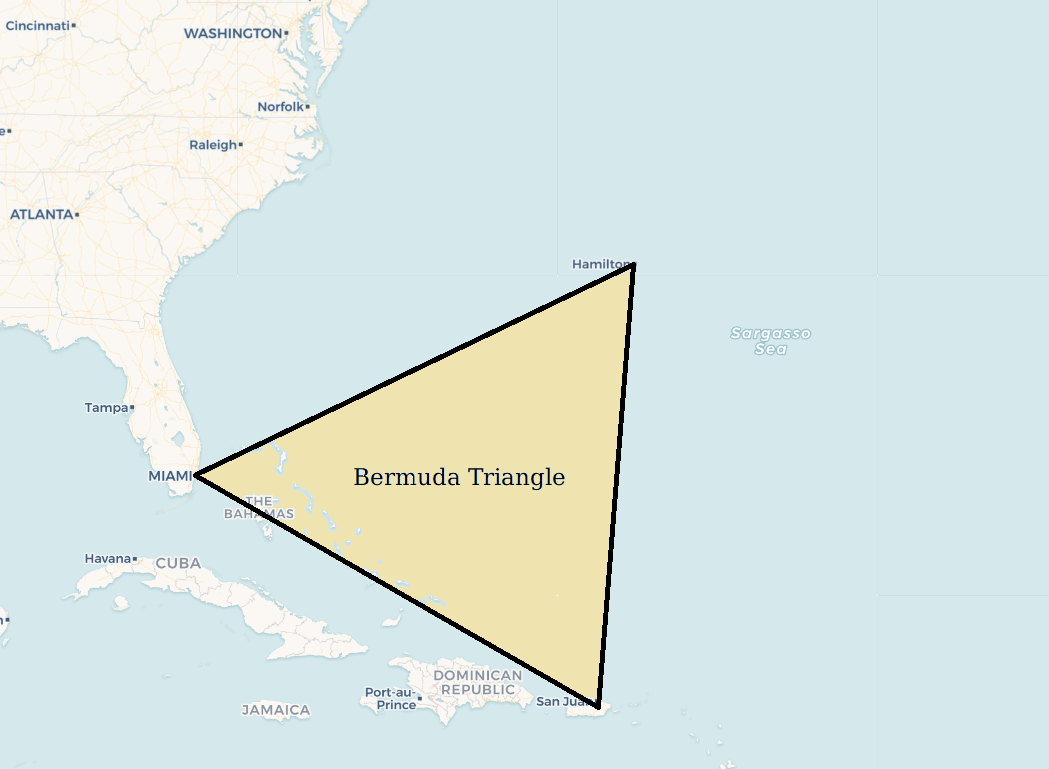
The concept of the Bermuda Triangle was first introduced in Vincent Gaddis's 1964 article, "The Deadly Bermuda Triangle." Gaddis noted that the number of disappearances within this relatively small area was disproportionately high, defying the laws of probability. This statistical anomaly continues to pose a challenge to theories that attribute these incidents to mere coincidence.
The unexplored nature of the deep ocean is another significant factor that hampers our understanding of the Bermuda Triangle. The region encompasses vast areas with extreme depths, rivaling or even surpassing that of the Titanic's final resting place. These depths render search and recovery operations highly challenging, and as a result, crucial evidence that could help unravel the mystery may remain inaccessible with current technology.
Conclusion: A Puzzle Yet Unsolved
The Bermuda Triangle remains a confluence of natural and possibly supernatural forces. While skepticism persists, the pattern of disappearances—paired with rogue waves, gas hydrates, and magnetic anomalies—suggests a unique blend of hazards. Rather than dismissing it as folklore, scientists continue probing its depths for insights into oceanography, meteorology, and human error.
Perhaps the greatest lesson is humility: even in our high-tech age, the ocean guards its secrets fiercely. The Bermuda Triangle, with its mix of legend and science, reminds us that some mysteries endure, inviting curiosity and respect for nature’s power.
Citations
- [NOAA expedition data]
- [El Faro disaster analysis]
- [Rogue wave research]
- [Gas hydrate studies]
- [Historical accounts of Columbus]
- [Modern research trends]
- https://www.youtube.com/watch?v=2fk_NFJvCUM
- https://www.youtube.com/shorts/XRY6vxmchl0
- https://www.youtube.com/watch?v=_dMN1Y-mCw8
- https://youtu.be/hru9m-36ObM

